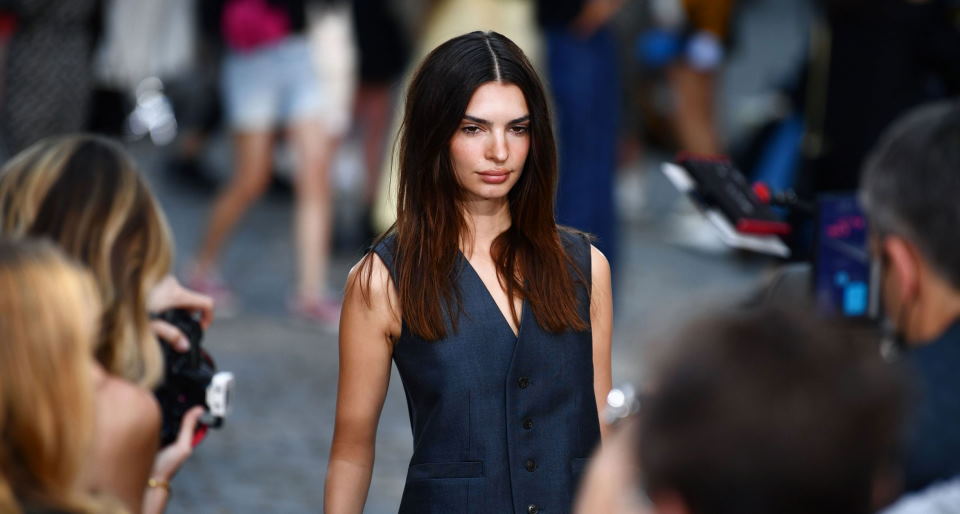Beauty is in the eye of the beholder, but there’s no denying that fashion magazines hugely influence our perceptions of what is beautiful. The models and images we see in these glossies often dictate what trends are in and out, and they can greatly impact how we view our bodies. While it’s important to remember that not all fashion magazine models have unrealistic (and unhealthy) beauty standards, it’s also important to be aware of how these images can affect our self-esteem and body image. In this blog post, we’ll take a closer look at how the models and images in fashion magazines shape our views on beauty. Hopefully, by understanding these images’ impact, we can learn to love ourselves just the way we are. Thanks for reading!
How fashion magazines shape our views on beauty and style
Fashion magazines have been around for centuries, and their influence on our views of beauty and style is undeniable. From the early days of Vogue and Harper’s Bazaar to the modern glossy pages of Marie Claire and Elle, these publications have had a huge impact on how we see ourselves and the world around us.
In recent years, however, the power of fashion magazines has come under scrutiny like never before. In an age of social media and body positivity, many people question whether these publications are doing more harm than good.
There’s no denying that fashion magazines often promote unrealistic standards of beauty. The images we see on their pages are frequently airbrushed and Photoshopped beyond recognition, setting an impossible standard for the rest of us to live up to.

Moreover, most models and celebrities featured in these magazines are white, thin, and conventionally attractive. This lack of diversity can make it difficult for anyone who doesn’t fit into this narrow mold to feel good about themselves.
However, it’s important to remember that fashion magazines are just one small part of the wider media landscape. They’re not responsible for our body image issues single-handedly – we all have a role to play in how we see ourselves.
If we’re feeling insecure or unhappy with our appearance, it’s up to us to seek alternative sources of inspiration and motivation. There are plenty of places to find positive role models, no matter your size, shape, or skin color.
Ultimately, it’s up to each of us to decide how much influence fashion magazines have on our lives. But, of course, if we’re not happy with the way they make us feel, we can always choose to turn the page.
Using fashion magazines to understand society and culture
Fashion magazines play an important role in our society and culture. By understanding how fashion magazines are created, we can gain insight into the values and beliefs of our society.
Fashion magazines are a form of mass media, which means they are a way for large numbers of people to receive information. Magazines are different from other forms of media, such as television or movies, because they are typically more focused on one topic. In this case, fashion magazines focus on clothing, style, and trends.

Fashion magazines usually have several different sections, each with its own focus. For example, there may be a section on new clothing styles, hair and makeup trends, and yet another on celebrity style. By looking at all of these different aspects of fashion, we can get a better sense of the overall trends in our society.
Fashion magazines are also important because they provide a way for people to express their individuality. When we see someone wearing a style we like, it can give us the confidence to try it ourselves. In this way, fashion magazines can be seen as a form of self-expression.
Fashion magazines are created by teams of people who work together to come up with the content. These teams typically include editors, writers, photographers, and artists. The editor is responsible for choosing which articles and photos will be included in the magazine. The writers create the text for the articles, and the photographers take the pictures.

